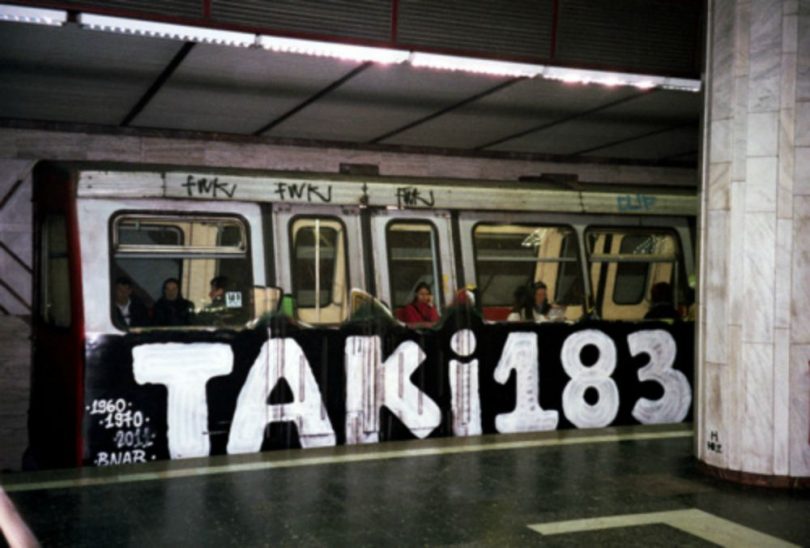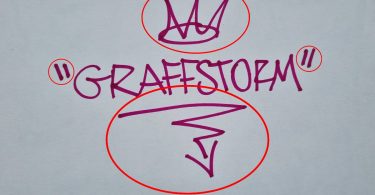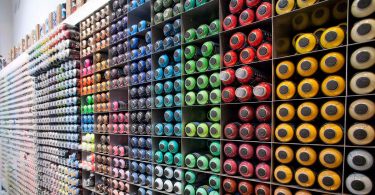Simply put, numbers in graffiti can mean anything.
But there are some common meanings behind them which might help you understand them a bit better.
Here are 5 common meanings for numbers in graffiti.
What do numbers mean in graffiti?
Numbers in graffiti can mean a few things, but it’s usually the year the piece was painted. For example, 23 means it was painted in 2023.
Other meanings can include the area code or street number the artist is from, the numbers of their graffiti crew, to show that they only tag solo or a number that’s personal to them.
1. The year it was done
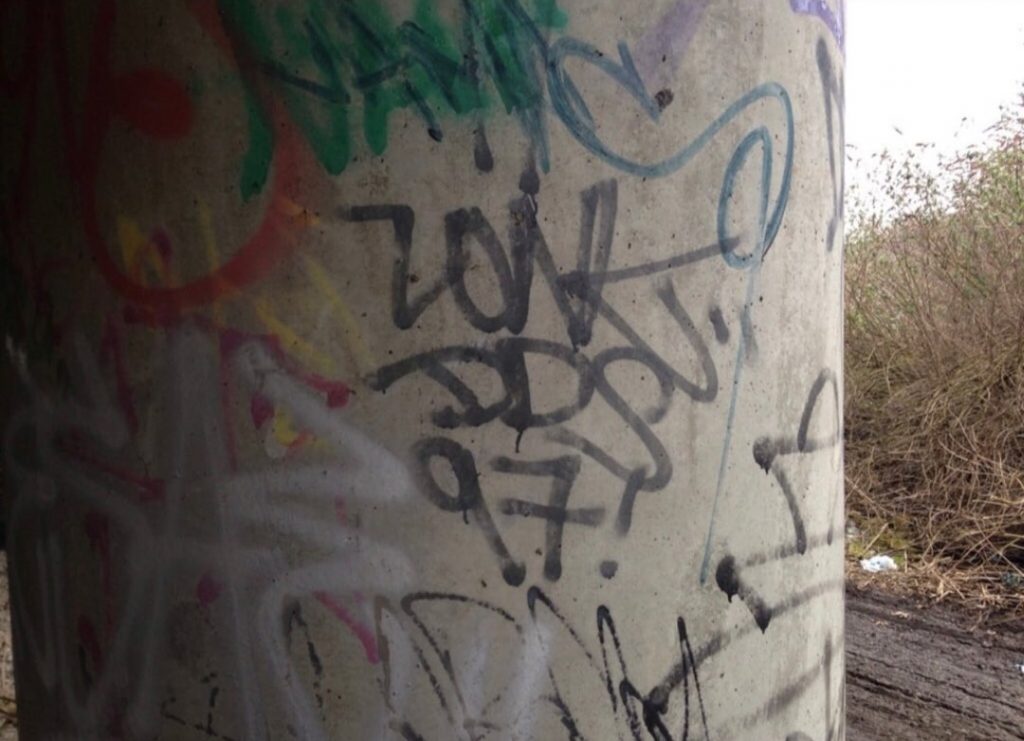
Much like how artists add the date it was painted to their work, it’s common for graffiti writers to do the same to theirs.
By adding the year their work was done, it can tell more of a story behind the work to those who view it.
For example, if you see a tag dated 10 years ago, it not only tells you when it’s done, but that it hasn’t been gone over by other writers or cleaned.
An old piece that’s still standing can indicate that the artist is respected and has skin in the game.
2. The area the artist is from

Adding the area code to a tag isn’t super common nowadays, and is typically aligned to gang graffiti to mark their turf.
The practice of adding area codes was started in the founding days of modern graffiti.
For example, legendary writers like TAKI183 would add their street address to the end of their tag. In this case, TAKI183 lived on 183rd Street in Washington Heights, Manhattan.
It can be pretty incriminating though, so you won’t catch many graffiti writers doing this nowadays.
3. Their graffiti crew in number format
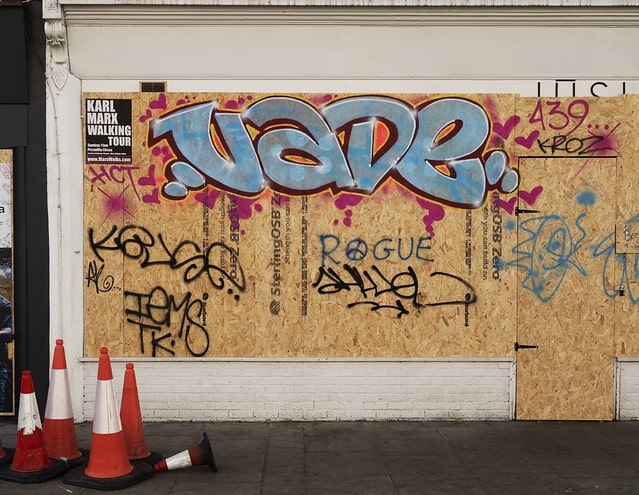
Another meaning for numbers in graffiti pieces can relate to the crew they’re in, stylised numerically in order of the alphabet.
Graffiti crews typically use acronyms for their crew names. For example, the infamous Mad Society Kings crew is shortened to MSK.
So if a crew was called ABC, for example, they may tag the number 123 instead.
However, this is only common for crews where their letters don’t go past J in the alphabet as double digits can get confusing.
4. To show they’re not affiliated with a crew
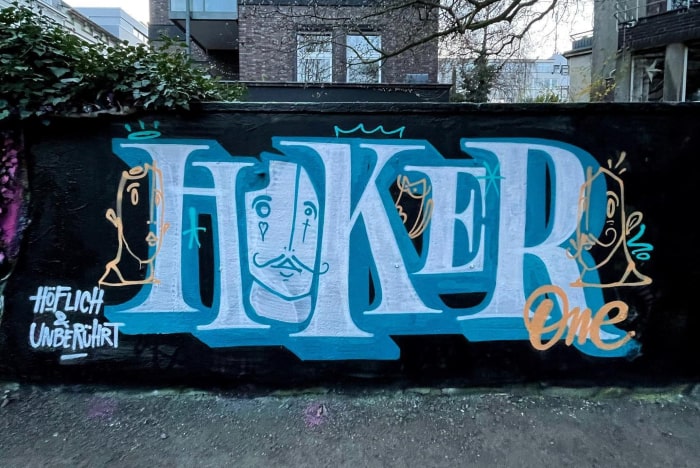
Traditionally, adding the number 1 to the end of your tag signified that you weren’t affiliated with any other graffiti crews.
One = solo. You write alone and don’t need crews to prop you up.
Nowadays, it’s become fashionable to add 1 to the end of a tag. But if you see the number 1, it could mean they’re a solo writer.
5. To make their tag unique or personal
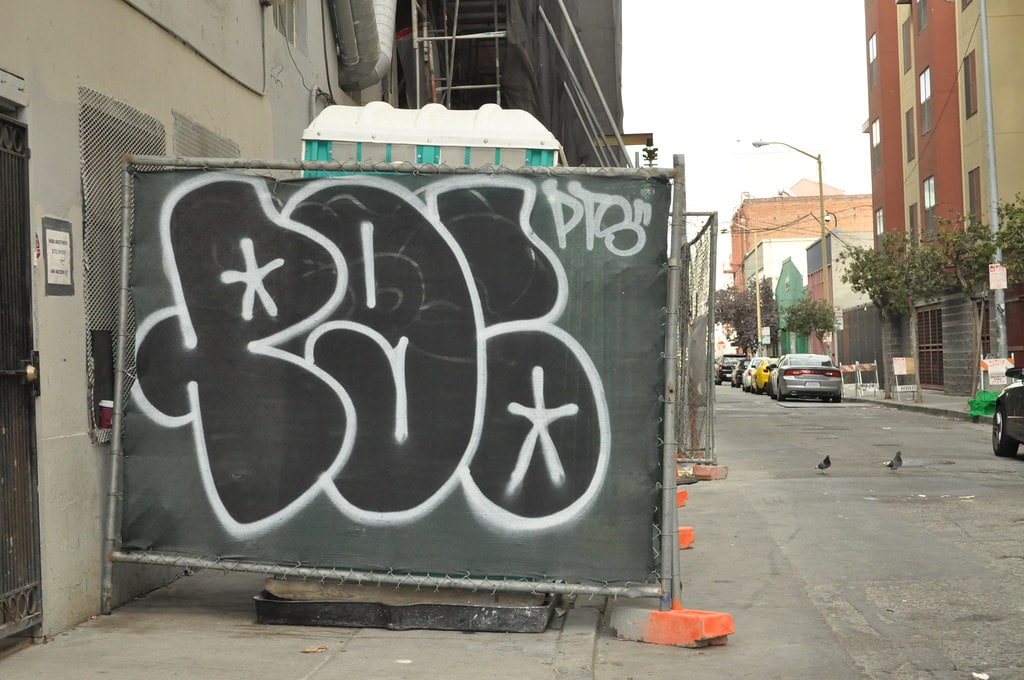
The final reason isn’t too interesting. But numbers in graffiti can really mean anything the artists want them too.
Perhaps it’s their lucky number, or a number significant to them for whatever reason.
Some writers get creative with their names and add numbers to create a world. For example, 2KOLD or PLAN9.
Ultimately, the meaning isn’t clear sometimes and is just a natural extension of their tag.
A quick summary
If you’re stuck trying to understand the meaning of a number in a graffiti piece or in a tag, consider these points:
- It could be the year the piece was painted.
- It could be the street address or the area code the writer is connected with.
- It could be another way of representing their crew.
- It could mean they paint alone or aren’t part of any crews.
- It could be a number personal to them, or a way to make their tag unique.
Want to learn more about graffiti? Take a look at my 10 tips and tricks for finding your graffiti style.
